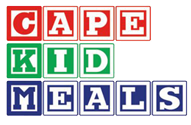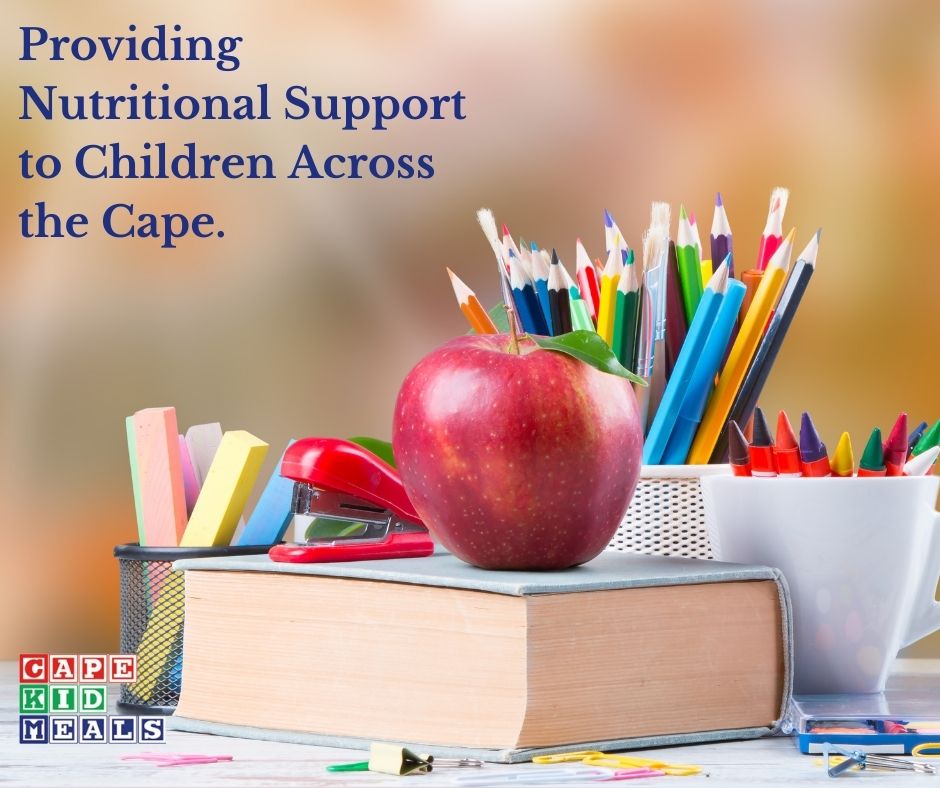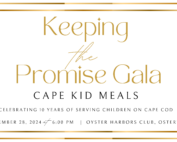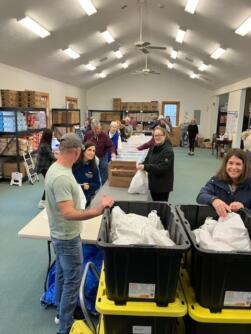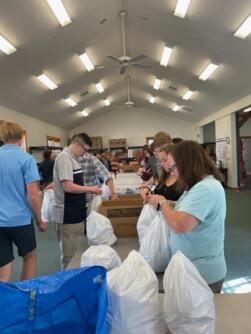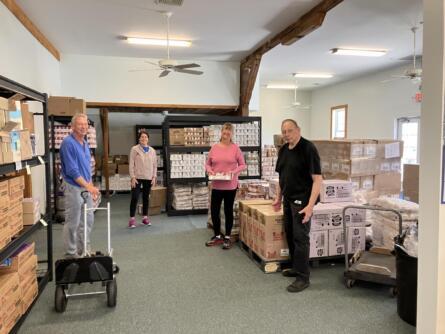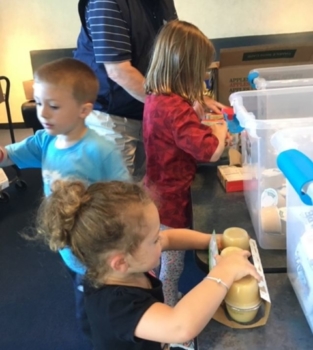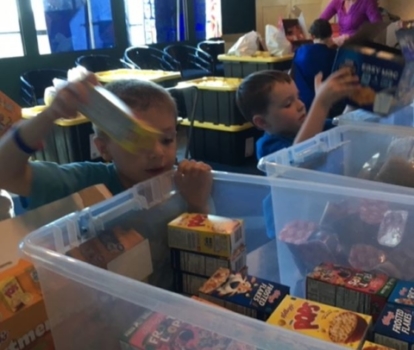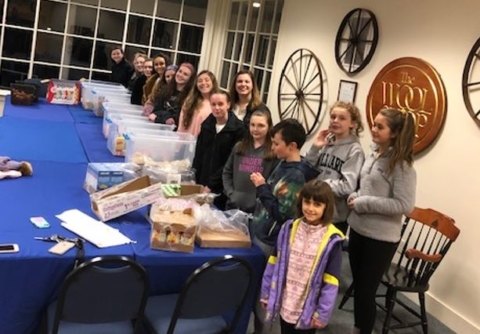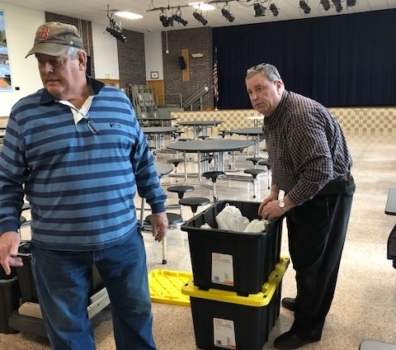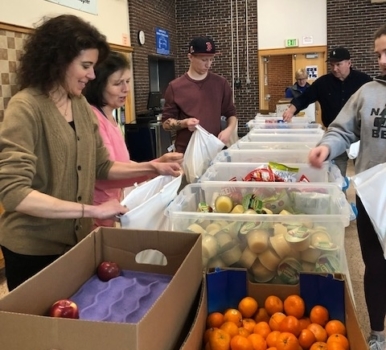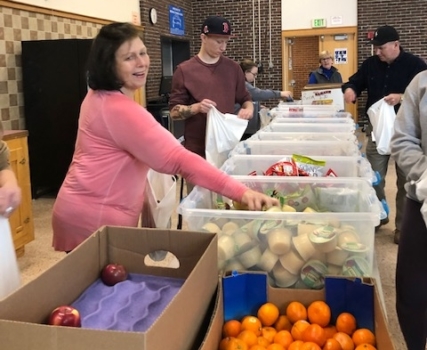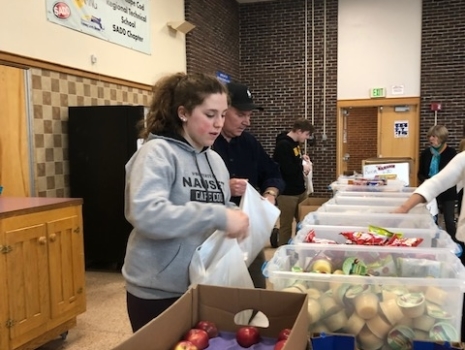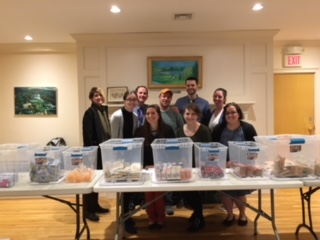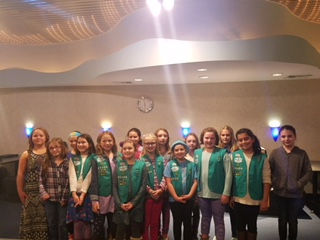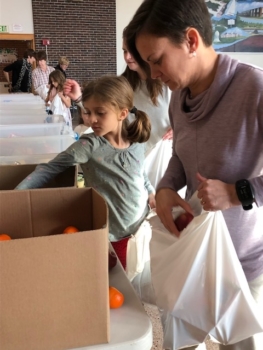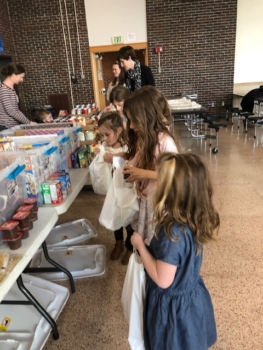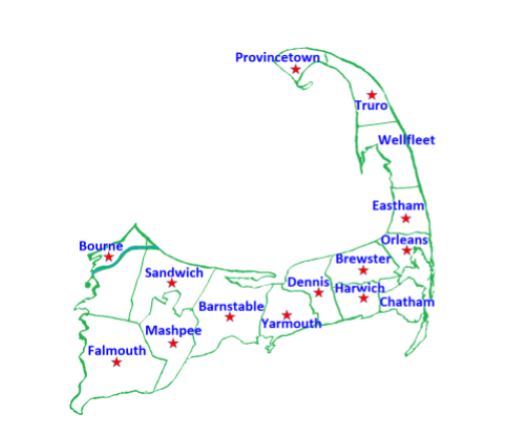What is Cape Kid Meals?
Recent News
CKM 2024 Gala
Cape Kid Meals 2024 Keeping the Promise Gala is coming up soon! Celebrating 10 years of serving children on Cape Cod. https://capekidmeals.org/keeping-the-promise-gala/
CKM Featured Top 10 in Cape & Plymouth Watch List
We were selected by our supporters to be part of the 2024 Reader's Choice Watchlist! Read all about the other 40 small businesses and non-profits that deserve to be recognized. You won't be disappointed. https://capeplymouthbusiness.com/watchlist-2024/
Hunger Impact
On Cape Cod, 1 in 6 children are facing food insecurity right here in our communities. During the school week they typically depend on the federal free and reduced breakfast and lunch programs. However, many of these children go home over the weekend to empty refrigerators and cupboards. The impact is profound for these children who often suffer from anxiety because of the fear of not knowing if they will eat over the weekend.
The Result
The effects of hunger on young children are significant and can be seen daily in classrooms. The lack of food impacts both physical health and academic development. Research shows that children who lack food and nutrition are more likely to have chronic health issues, behavioral problems, anxiety, and poor self-esteem. Additionally, lack of food in children contributes to negative effects on academic performance including being tardy or absent from school and even repeating a grade.
In the Spotlight
CKM Volunteers:
Every week our packing centers are buzzing with a wonderful array of amazing volunteers from all over the Cape. These volunteers come to help set up, pack and even deliver the food bags that the children take home over the weekend. We are always welcoming new volunteers and are so very thankful for everyone that takes time from their schedules to help us! Come join us at one of our packing centers, we would love to have you!
Our Volunteers Include:
St Francis Xavier Prep School
Sandwich Bourne Rotary club
St. John’s Church members
Community Health Center Of Cape Cod YPC
Sandwich High School student(s)
Upper Cape Tech students – NHS, Interact, Student Council
Girl Scout troops 86200(Sandwich) & Troop 75001(Mashpee)
Boy Scout Pack 65
Cape Cod Academy PA
Martial Arts group from Wareham
Barnstable High NHS
Sandwich Mother’s Club
Ring Bros.
Saint Pius X School
Cape Cod Academy NHS
Grace Church members
St. Vincent de Paul
Dance Designs
First Church Sandwich
Many, many individuals
Cape Cod Statistics
The chart below shows the number of children in each school district that is economically disadvantaged and may be food insecure. Massachusetts Department of Elementary and Secondary Education 2022-2023 Selected Populations Report (District) Economically Disadvantaged.
| School District | Number of Children | Percentage of Children |
|---|---|---|
| Barnstable | 2,273 | 49% |
| Bourne | 544 | 35% |
| Brewster | 168 | 39% |
| Dennis/Yarmouth | 1,600 | 56% |
| Eastham | 72 | 37% |
| Falmouth | 1225 | 41% |
| Mashpee | 606 | 42% |
| Monomoy | 703 | 40% |
| Nauset | 641 | 49% |
| Provincetown | 78 | 55% |
| Sandwich | 543 | 25% |
| Truro | 44 | 44% |
| Wellfleet | 39 | 40% |
Economically Disadvantaged: Calculated based on a student’s participation in one or more of the following state-administered programs: the Supplemental Nutrition Assistance Program (SNAP); the Transitional Assistance for Families with Dependent Children (TAFDC); the Department of Children and Families’ (DCF) foster care program; Mass Health (Medicaid).
3 out of 5 teachers say they have children in their classrooms who regularly come to school
hungry.
Three prevalent consequences of hunger in schools: Inability to concentrate, poor academic performance, & headaches and stomach aches.
More than 16 million children in the United States live in food insecure homes.
